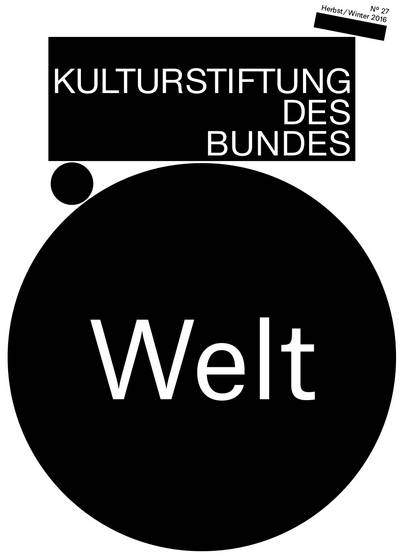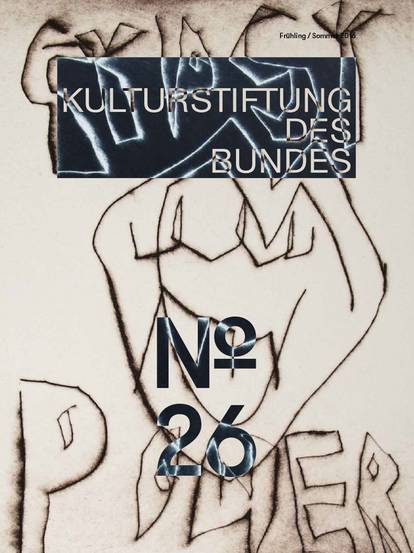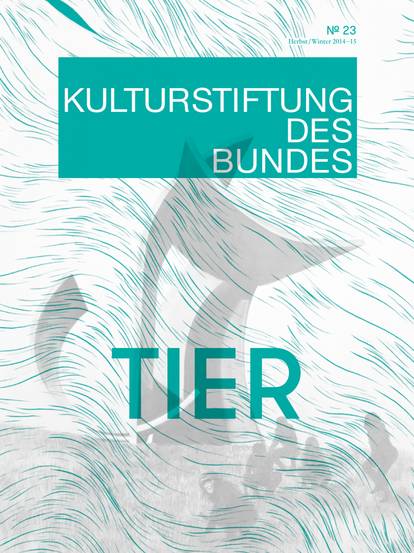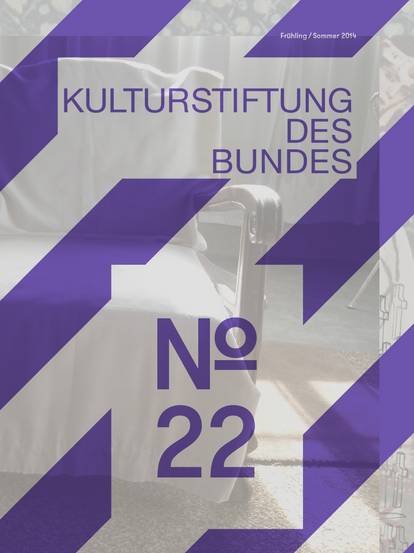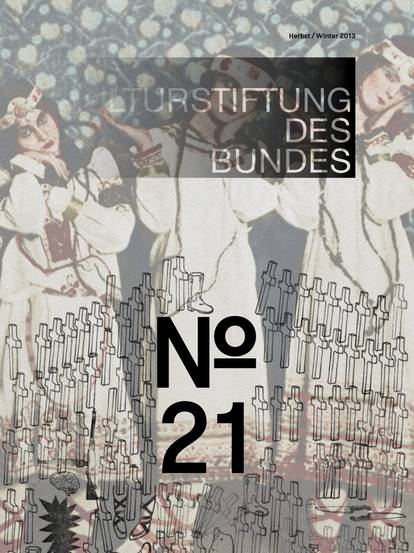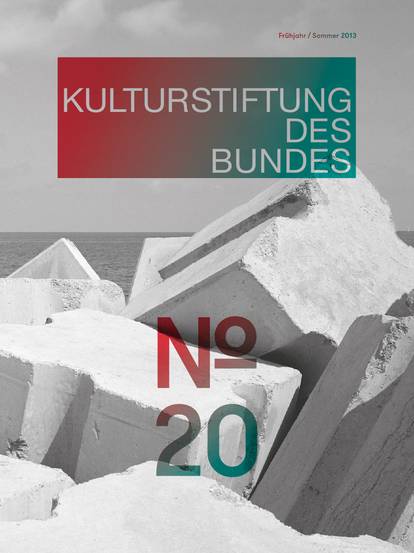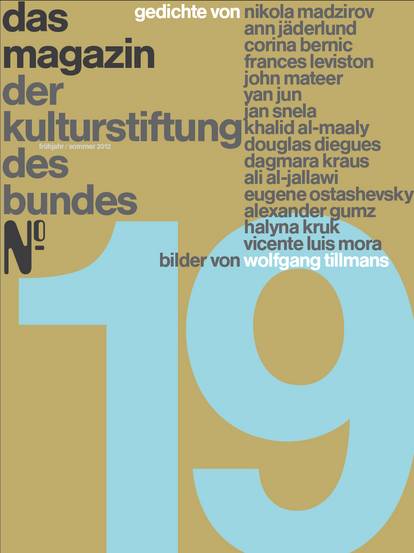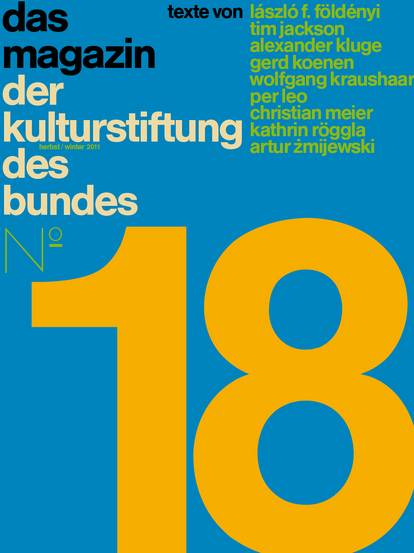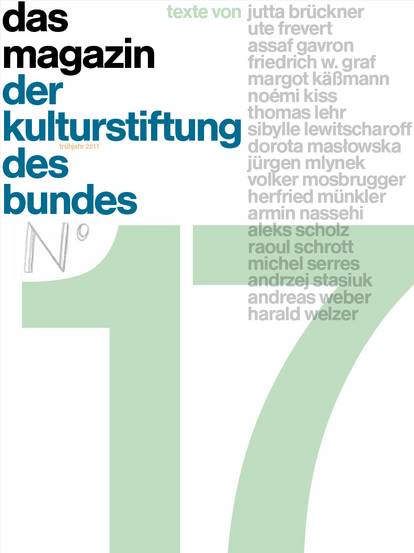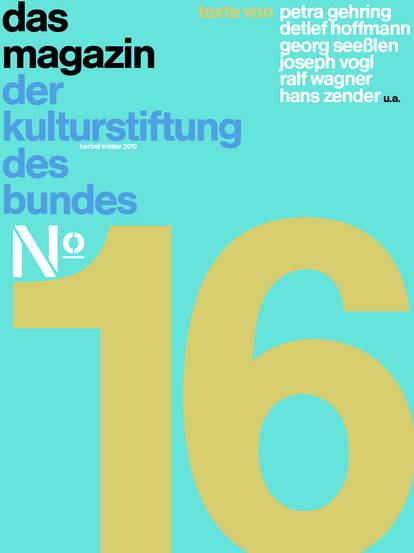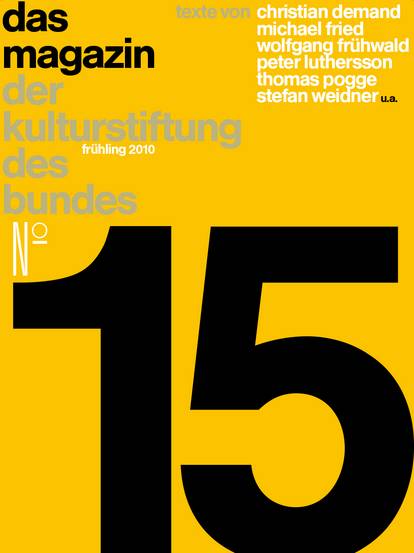First there was the soaking up of dyke fragrances: black leather, dildos, whips. Pictures. In the early 90s there was the “Clit Club” in London. There were themes every evening, e.g. “Switch Night” – masculines switched to feminines, Doms to subs.
Dildo
“ ... the dildo is a synthetic element which politicises sexual practices. It reminds us that sexuality is performance, that the physical, so-called body is also a product of a synthetic, biopolitical technology, that our gender (just like the dildo) is a prosthetic connection.”*
Then came the moustaches. Club “Naive”, 1995. “Packing” is what we called wearing a soft, longish thing in the crotch. And the “Piss Packer” was a thing you used to take a piss standing up.
Deep Voice
At the Gay & Lesbian Film Festival in London in 1996 I met two people being followed by a TV camera. “Transgender” was a new term. I could identify: Jordy Jones and Stafford Stafford were “women” before they started injecting testosterone, adopting gender-ambivalent first names and a masculine style of dressing (dandy: yammy) – without considering plastic surgery. Del had started it. For my 40th birthday he gave me a shot as a present.
“T”
Muscles, appetite, clitoris and libido all started growing. After about five months I had a “male” voice. Growl. Stubble. These experiences were inspired by Donna Haraway’s Cyborg Manifesto. We saw ourselves as cyborgs and compared our “baby dicks”.
I never became very bearded. It doesn’t run in the family. Practical, because after 20 years as “Hans” (not a “man”, but a “he”), I took the name “Ashley” when I turned 60.
A “She”.

![[Translate to English:] Magazine 38](/fileadmin/_processed_/f/1/csm_Magazin38_Cover-Vorschau_921x1230_689f428dc3.jpg)
![[Translate to English:] Magazine 37](/fileadmin/_processed_/b/c/csm_Mag37_Cover-Vorschau_921x1230_b5129fdb2a.jpg)
![[Translate to English:] Magazine 36](/fileadmin/_processed_/2/a/csm_Cover_Magazin36__issuu_2f3cef97bb.jpg)

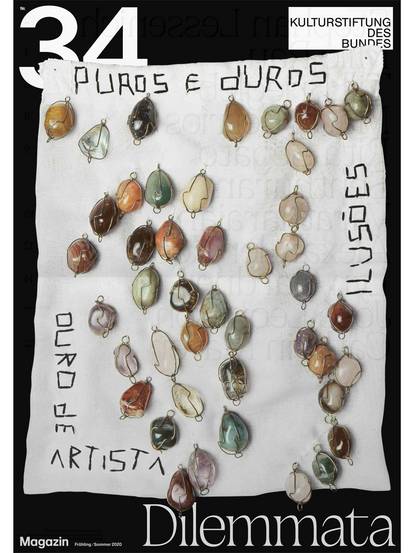
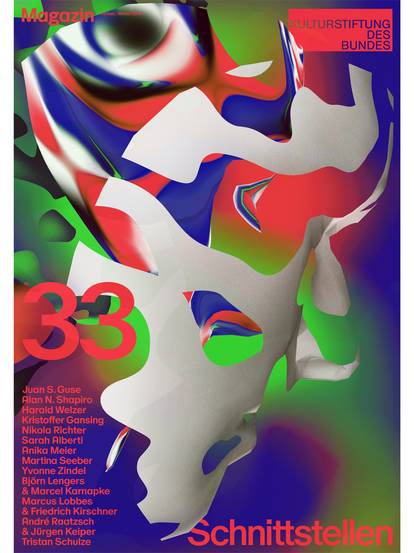
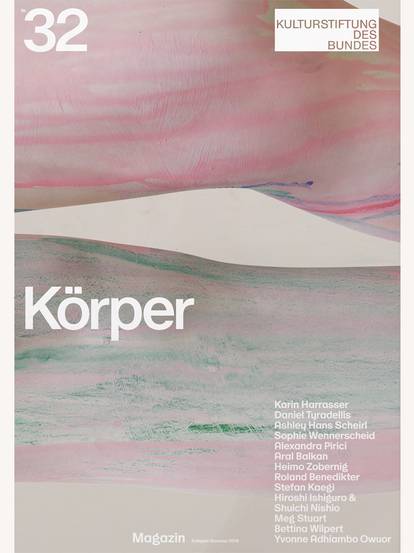
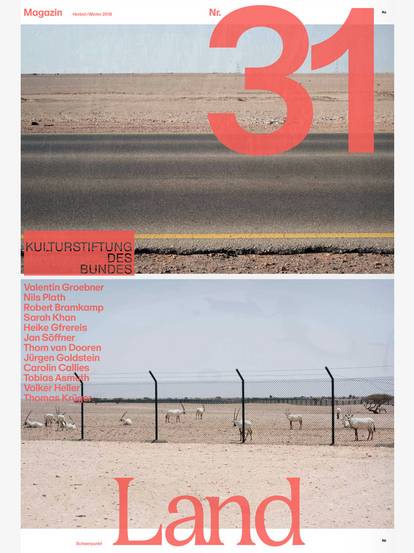
![[Translate to English:] Magazine 30](/fileadmin/_processed_/c/b/csm_magazin30_vorschau_9005f773d3.jpg)


